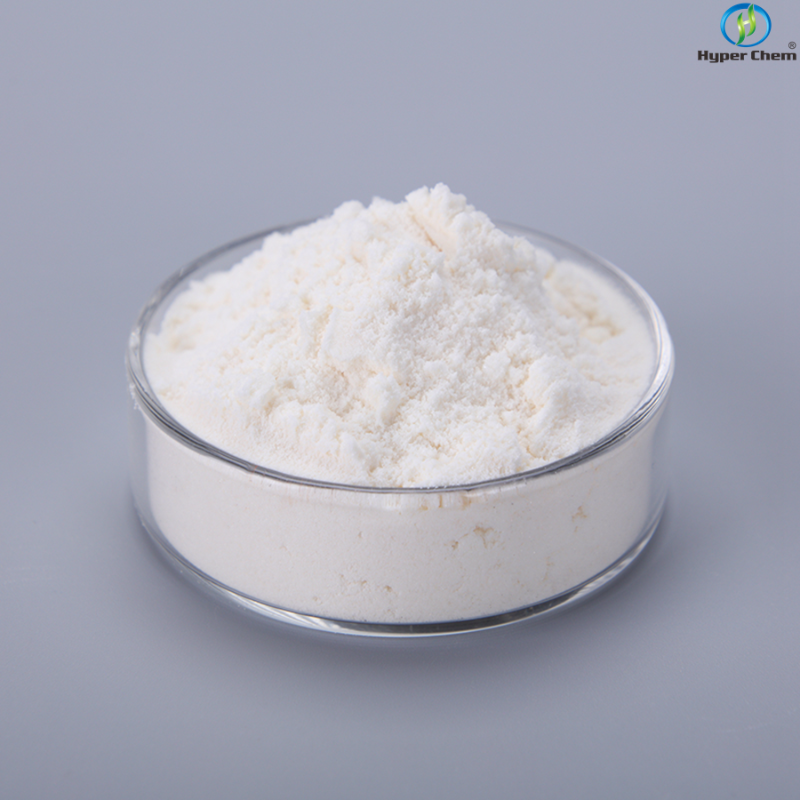-
Categories
-
Pharmaceutical Intermediates
-
Active Pharmaceutical Ingredients
-
Food Additives
- Industrial Coatings
- Agrochemicals
- Dyes and Pigments
- Surfactant
- Flavors and Fragrances
- Chemical Reagents
- Catalyst and Auxiliary
- Natural Products
- Inorganic Chemistry
-
Organic Chemistry
-
Biochemical Engineering
- Analytical Chemistry
-
Cosmetic Ingredient
- Water Treatment Chemical
-
Pharmaceutical Intermediates
Promotion
ECHEMI Mall
Wholesale
Weekly Price
Exhibition
News
-
Trade Service
Light chain deposition disease (LCDD) is a rare disease characterized by monoclonalimmuno
globulin (Ig) light chain (LC) in renal glomerular and renal tube amorphous deposition, leading to nodule globulation and nephropathy syndromeBender et alestablished a model of a genetically modified mouse by directing the variable domain of the pathogenic human LC gene into the Ig-en gene base of the mouse (ensuring that the pathogenic human LC protein is produced by all pulp cells (PC)A higher level of free LC was obtained after recomboiton with mice that showed increased PC differentiation and no Ig heavy chain (HC)the mouse model reproduced the characteristics of LCDD, including progressive glomerular sclerosis, renal-sick proteinuria, and eventually progress into renal failureThe variable domain of the LC has only structural characteristics that involve its pathogenicityRNA sequencing of PCs found that LCDD LC induces endosomeral network stress, which may indicate the effectiveness of protease inhibitor therapythus, effectively reducing the circulation of pathogenic LC, not only to retain kidney function, but also to partially reverse kidney lesionsFinally, transcriptomic analysis of pre-hardened glomerular cyllons showed that proliferation and extracellular matrix remodeling represented the first step in renal glomerular hardening, this study provides the basis for the development of LCDD and other future treatments for renal diseases characterized by diffuse glomerular sclerosis, especiallydiabetesrenal disease







